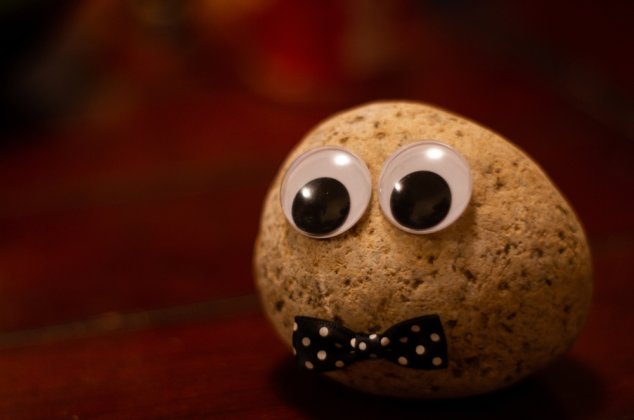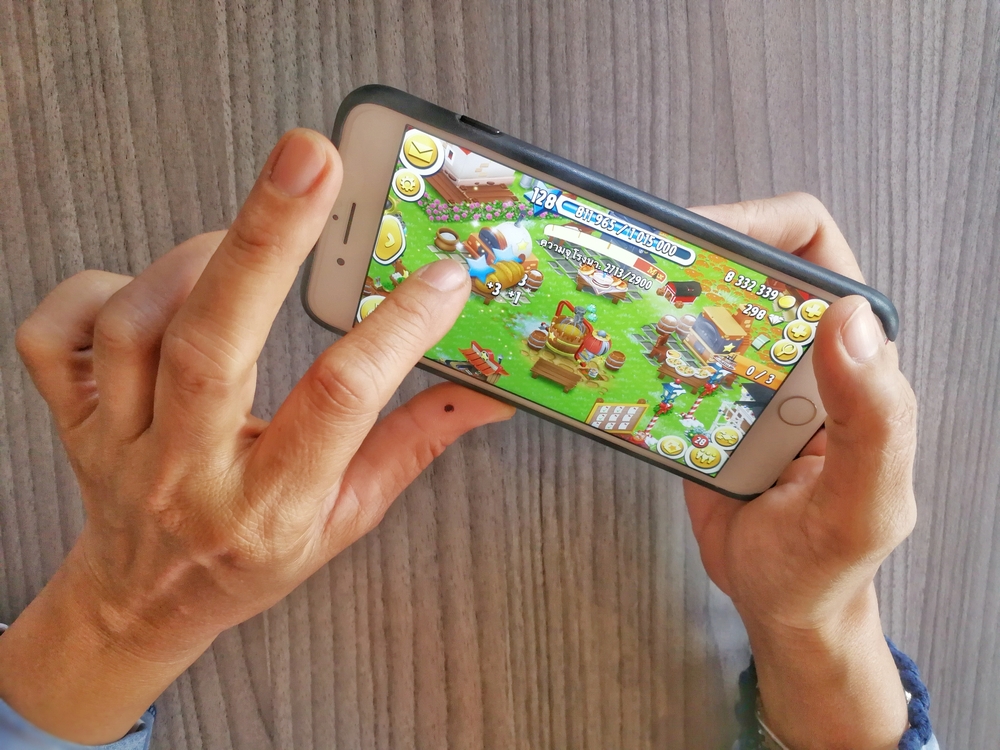Top 57 Nature Words That Start With K: Animals, Plants, etc
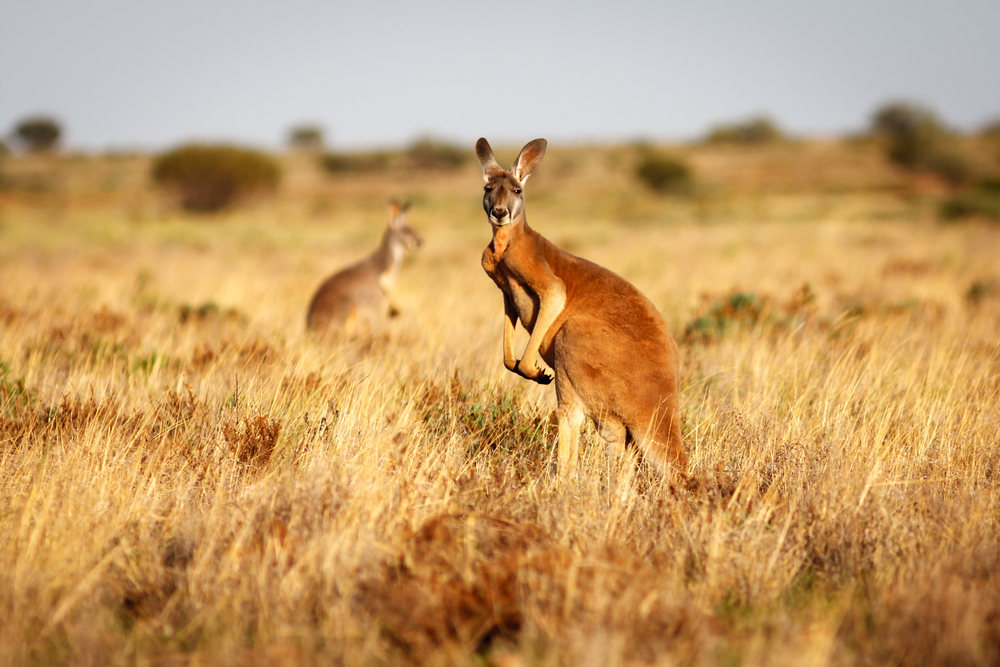
Nature includes millions of fascinating things: plants, animals, stones, minerals, and more.
You can find things in nature that fit all letters of the alphabet, but which ones start with K?
From favorite animals like kangaroos to lesser-known plants like knautia, find the list of nature words starting with the letter K below (with definitions)!
- Kangaroo
hopping animal found in Australia - Kiwi
green fruit with fuzzy brown skin - Kale
cabbage-like leafy vegetable - Key lime
green citrus fruit - Koala
Australian animal that looks similar to a small bear and lives in the trees - Kidney
an organ found in humans and other creatures that filters the blood - King Topaz
a type of stone - Kestrel
North America’s smallest falcon species - Kingsnake
a type of non-venomous snake with over 40 different subspecies - Kid
a baby goat - Kiwi berries
grape-sized miniature kiwi - Kalanchoe
flowering succulent with thick leaves - Kohlrabi
in the cabbage family - Kidney bean
a red or white bean often used in chili - Kunzite
a mineral that ranges from pastel pink to violet - Katydid
insect similar to a cricket - Kinradite
Jasper stone - King crab
large crabs that live in cold seas, such as the coast of Alaska - Krill
small, shrimp-like crustacean - Kaffir lime
Thai lime - Kentucky coffeetree
Midwestern tree with seeds similar to coffee beans - Kencur
aromatic ginger - Kakortotite
volcanic stone from Greenland - Kingman Turquoise
from Kingman, AZ mines - Kelp
seaweed - Knotweed
invasive weed also known as the “Godzilla weed” - Korean Evodia
a type of tree - Kalmia
evergreen shrub - Kudu
antelope - Kookaburra
Australian bird - Kumara
New Zealand sweet potato - Kumquat
orange-like fruit from Southeast Asia - King mackerel
a type of fish - Komodo dragon
large lizard that can reach up to 300 pounds and 10 feet long - Klipspringer
antelope - Kinkajou
rainforest mammal similar to a raccoon - Kingfisher
brightly-colored bird that lives near water - Kangaroo rat
small, jumping rodent with a long tail - Kakapo
ground-dwelling parrot - Kabosu
similar to a key lime - Kingfish
another name for the king mackerel (see number 33 above) - Killdeer
a type of bird - Kremersite
rare brown-red or orange mineral - Kudzu
perennial vine - Knautia
a perennial flower with burgundy-colored blooms - Kalimeris
a perennial plant that has bluish-white flowers with a yellow center - Katsura tree
a shade tree commonly found in Japan and China - Kimberlite
rock that sometimes contains diamonds - Kidney ore
type of Hematite; mineral - Katoite
mineral - Kame
gravel and sand mounds found in melting ice sheets - Kaolinite
white, red, blue, or brown clay mineral - Karst
erosion in the landscape - Knickpoint
abrupt landscape change such as a slope - Knob
a small hill - Keyite
mineral - Krohnkite
copper sulfate mineral
Activity: Find out more about your favorite “K” nature word!
This activity — similar to show and tell, but without bringing an actual kangaroo or koala to your house — will help you dig deeper into the words on our list.
(Tip: This activity is best done with a group of classmates or friends!)
Step 1: Choose your favorite word on our list (or pick one at random)!
If a certain word on our list stands out to you or interests you more than the others, pick it.
If you’re struggling to choose between all of the cool things that start with K, pick a number one through 57 and see which word you get.
Step 2: Look at our definition, then find more information about the word.
We provide basic definitions for each of the nature words that start with K above, but there’s plenty more to know about each of these plants, animals, and other natural features.
After taking a look at our definition, see if you can find any books, encyclopedia entries, or websites dedicated to your nature word.
Gather facts like where it is found in the wild, its scientific name, and any other interesting details you find.
Look for pictures, too, so you can see what your nature word looks like in the real world!
Step 3: Share your findings!
Put together a poster, slideshow, or video to share all of the facts you find about your nature word!
Show off your new knowledge to your family — or, if doing this activity with friends or classmates, you can present your findings to each other (online or in-person).
Posts you may want to read next...
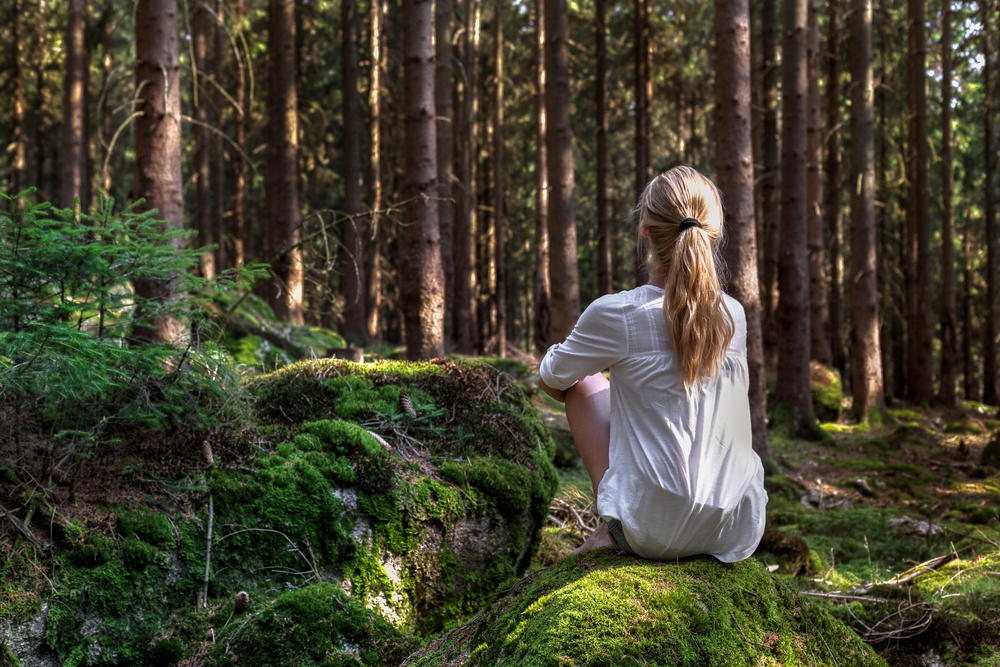
183 Best Words to Describe a Forest (Curated & Ranked)
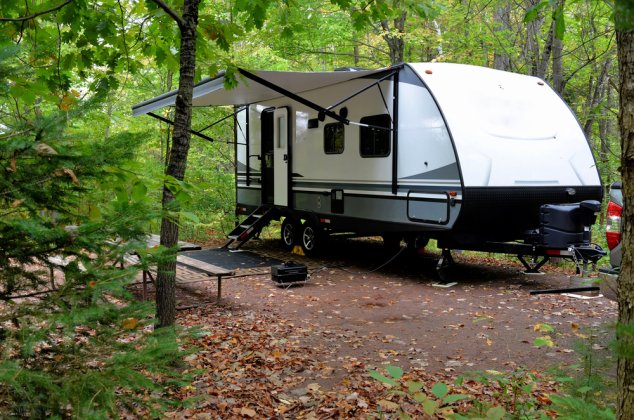
93 Best RV, Camper, and Motorhome Names (Curated & Ranked) + Generator

Top 87 Things That Start With K: Toys, Clothing, Tools, etc
